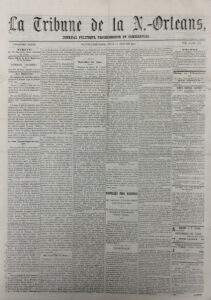History
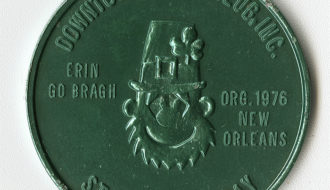
Irish in New Orleans
The influence of Irish immigrants in New Orleans can still be seen in the Irish Channel neighborhood, St. Patrick's Day celebrations and churches such as St. Alphonsus.

The influence of Irish immigrants in New Orleans can still be seen in the Irish Channel neighborhood, St. Patrick's Day celebrations and churches such as St. Alphonsus.
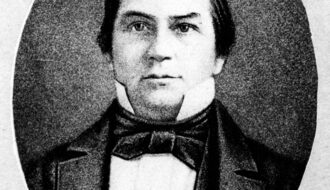
Beginning his term just after the passage of the Constitution of 1845, Governor Johnson was determined to uphold its somewhat controversial provisions including the elimination of property qualifications that limited the voting pool, and the creation of a public school system.
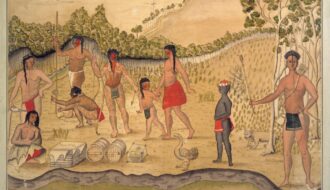
The Ishak are an Indigenous people who have lived in southwest Louisiana and southeastern Texas since precolonial times.
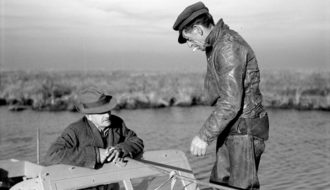
Known today as Isleños, Canary Islanders migrated to southeast Louisiana in the late eighteenth century.

Louisiana's Isleños descend from Canary Islanders who immigrated to the southeastern part of the state in the late 1700s, when Spain ruled the colony.
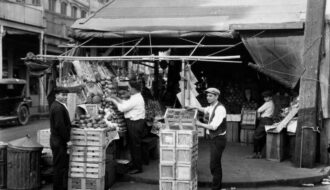
Between 1880 and 1914, New Orleans was a principal port of entry for Italians migrating to the United States.
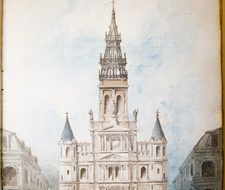
J. N. B. de Pouilly was a successful architect in antebellum Louisiana.
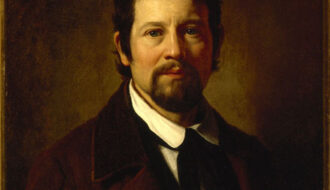
French artist Jacques Amans was the leading portraitist in New Orleans during the 1840s and 1850s.
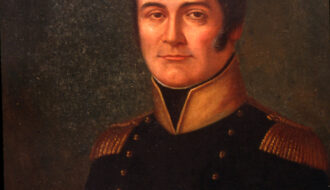
Jacques Villeré was the first native-born governor of Louisiana, serving from 1816 until 1820.
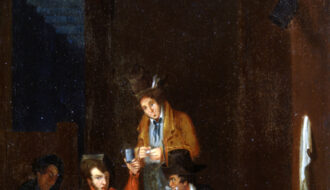
Of all the storied characters in Louisiana's early history, two brothers Jean and Pierre Laffite rank among the most notorious and noteworthy.

Two French brothers notorious for smuggling and slave trading also participated in the Battle of New Orleans.
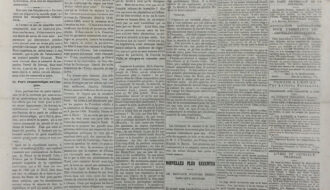
A radical civil rights advocate during the Civil War and Reconstruction, Jean Baptiste Roudanez helped found two historic Black newspapers.
One-Year Subscription (4 issues) : $25.00
Two-Year Subscription (8 issues) : $40.00
